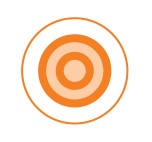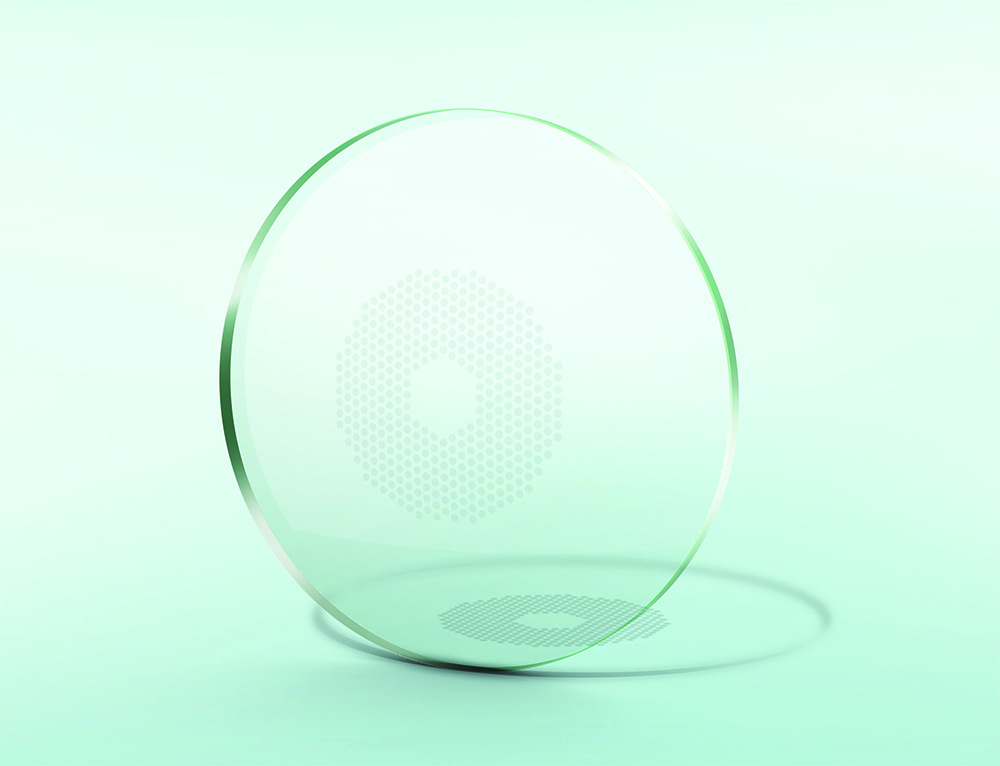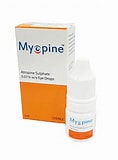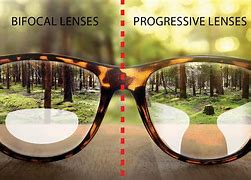Myopia Control
Myopia Control in Children
Myopia (commonly called ‘shortsightedness’) is becoming more common in children, with the prevalence among Australian 12 year olds doubling in 6 years. By 2050, it is estimated that approximately 50% of the world’s population will be myopic.
Typically, myopia occurs when the eyeball grows too quickly in childhood, or when the eye continues to grow when eye growth should normally stop. Unfortunately, myopic changes are permanent and in turn can increase the life-time risk of sight-threatening conditions such as glaucoma, retinal detachment, cataracts and myopic macular degeneration. However, research is showing there are strategies to slow or prevent the progression of myopia in children.
Cooper & Lourie Family Optometrists offers children and young adults comprehensive myopia consultations. Our optometrists will perform thorough assessment and examination and discuss the best evidence-based treatment option to minimize myopic progression for you or your child.
Assessing your Childs risk and monitoring progress
Nidek AL-M Optical Biometer
We now have installed the Nidek AL-M biometer to measure the axial length of the eyeball. This measurement gives us the most accurate indication of the rate of growth of the eye and therefore the effectiveness of treatment. It also allows us to better predict children who are more likely to experience myopia progression at an earlier stage. Nidek Biometer to measure axial length.
Myopia Control Options
Ortho-K
Orthokeratology (Ortho-K) lenses are specially designed rigid contact lenses that are worn overnight. They reshape the cornea to restore normal vision in the morning. The lenses provide clear vision on the central retina, while the peripheral retinal image moves in front of the retina – this sends an optical ‘stop signal’ to the eyeball to slow down its growth. Using Ortho-K lenses have been shown to reduce myopia progression by approximately 50%.
Multifocal Disposable Contact Lenses
Soft multifocal contact lenses such as MiSight by Coopervision are worn during the day. These lenses have a customized profile which provides the ‘stop signal’ to the peripheral retina. The use of multifocal contact lenses can slow down the rate of myopia progression by approximately 50%
MiyoSmart
The MiyoSmart spectacle lens is a special single vision lens created by HOYA. The lens is designed by incorporating hundreds of small lens segments that provide the ‘stop signal’ while maintaining clear central vision. This lens is designed for full time wear and it has been shown this lens reduces myopia progression by approximately 50%.
Low Dose Atropine
Atropine eye drops are normally used to make the pupil bigger and to prevent the eye from changing focus. Recently, however, research has shown that very low strength Atropine can slow myopia progression by approximately 50% by providing a chemical ‘stop signal’ to the eye. We provide a written prescription for low strength atropine which needs to be a special order through a compounding pharmacy. The pre-made drops shown above are available overseas but not in Australia. Drops are taken once per day before bedtime, spectacles or contact lenses still need to be worn during the day to correct the vision.
Bifocal/Multifocal lenses
Bifocal or Multifocal lenses are less effective in controlling myopia. However, in a small group of children who have a tendency to ‘overfocus’ or ‘cross’ their eyes with near work they show approximately 20-30% reduction in myopia progression.

